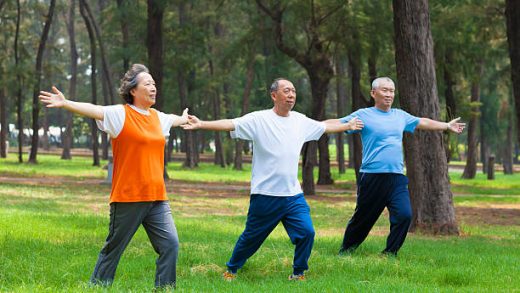Introduction:
In the modern era, where sedentary lifestyles and technology-driven conveniences dominate, the importance of physical activity and exercise cannot be overstated. Beyond the aesthetic benefits of a toned physique, engaging in regular physical activity contributes to overall well-being, mental health, and longevity. This comprehensive exploration delves into the multifaceted aspects of physical activity and exercise, examining their physiological, psychological, and social impacts.
Physiological Benefits:
- Cardiovascular Health:
- Physical activity is a cornerstone in maintaining cardiovascular health. Regular exercise strengthens the heart, reduces blood pressure, and enhances blood circulation. Aerobic activities, such as running or cycling, improve cardiovascular fitness, reducing the risk of heart disease.
- Weight Management:
- Exercise plays a pivotal role in weight control by burning calories and increasing metabolic rate. Combining physical activity with a balanced diet aids in weight loss and helps prevent obesity-related conditions like type 2 diabetes.
- Muscle Strength and Flexibility:
- Resistance training and flexibility exercises contribute to muscle strength and joint flexibility. This not only enhances physical performance but also reduces the risk of injuries and improves posture.
- Bone Health:
- Weight-bearing exercises, such as weightlifting or jogging, promote bone density and reduce the risk of osteoporosis, which is especially important as individuals age.
- Immune System Boost:
- Regular moderate-intensity exercise has been linked to a strengthened immune system, reducing the likelihood of infections and chronic diseases.
Psychological Benefits:
- Stress Reduction:
- Exercise triggers the release of endorphins, the body’s natural mood elevators. This helps alleviate stress, anxiety, and depression, promoting a more positive mental state.
- Cognitive Function:
- Physical activity has been associated with improved cognitive function and reduced risk of neurodegenerative diseases. It enhances memory, attention, and overall mental acuity.
- Sleep Quality:
- Engaging in regular physical activity is linked to improved sleep patterns. Quality sleep is essential for cognitive function, emotional well-being, and overall health.
- Mood Regulation:
- Exercise has a profound impact on mood regulation, with long-term benefits for mental health. It provides a healthy outlet for stress, anger, and frustration, contributing to emotional stability.
- Boosted Self-esteem and Confidence:
- Achieving fitness goals, no matter how small, contributes to an individual’s sense of accomplishment, leading to increased self-esteem and confidence.
Social Benefits:
- Community and Social Interaction:
- Participating in group sports or fitness classes fosters social connections, providing a sense of community and mutual support. This social interaction is vital for mental well-being.
- Team Building and Cooperation:
- Team sports teach valuable skills such as cooperation, communication, and teamwork. These skills extend beyond the playing field, positively impacting professional and personal relationships.
- Healthy Lifestyle Culture:
- Communities that promote physical activity cultivate a culture of health and well-being. This includes access to recreational spaces, walking trails, and fitness facilities.
- Positive Role Modeling:
- Individuals engaged in regular physical activity serve as positive role models, inspiring others to adopt healthier lifestyles.
Conclusion:
In conclusion, the benefits of physical activity and exercise extend far beyond the confines of a gym or a jogging trail. The holistic impact on physiological health, psychological well-being, and social interactions underscores the transformative power of an active lifestyle. As we navigate the challenges of modern living, prioritizing and incorporating regular physical activity into our routines is not just a choice but a fundamental investment in our overall health and happiness. Embracing this lifestyle not only enhances the quality of our lives but also contributes to the creation of healthier and more vibrant communities.



